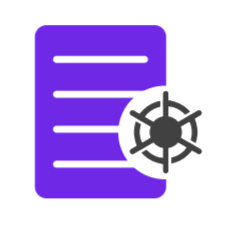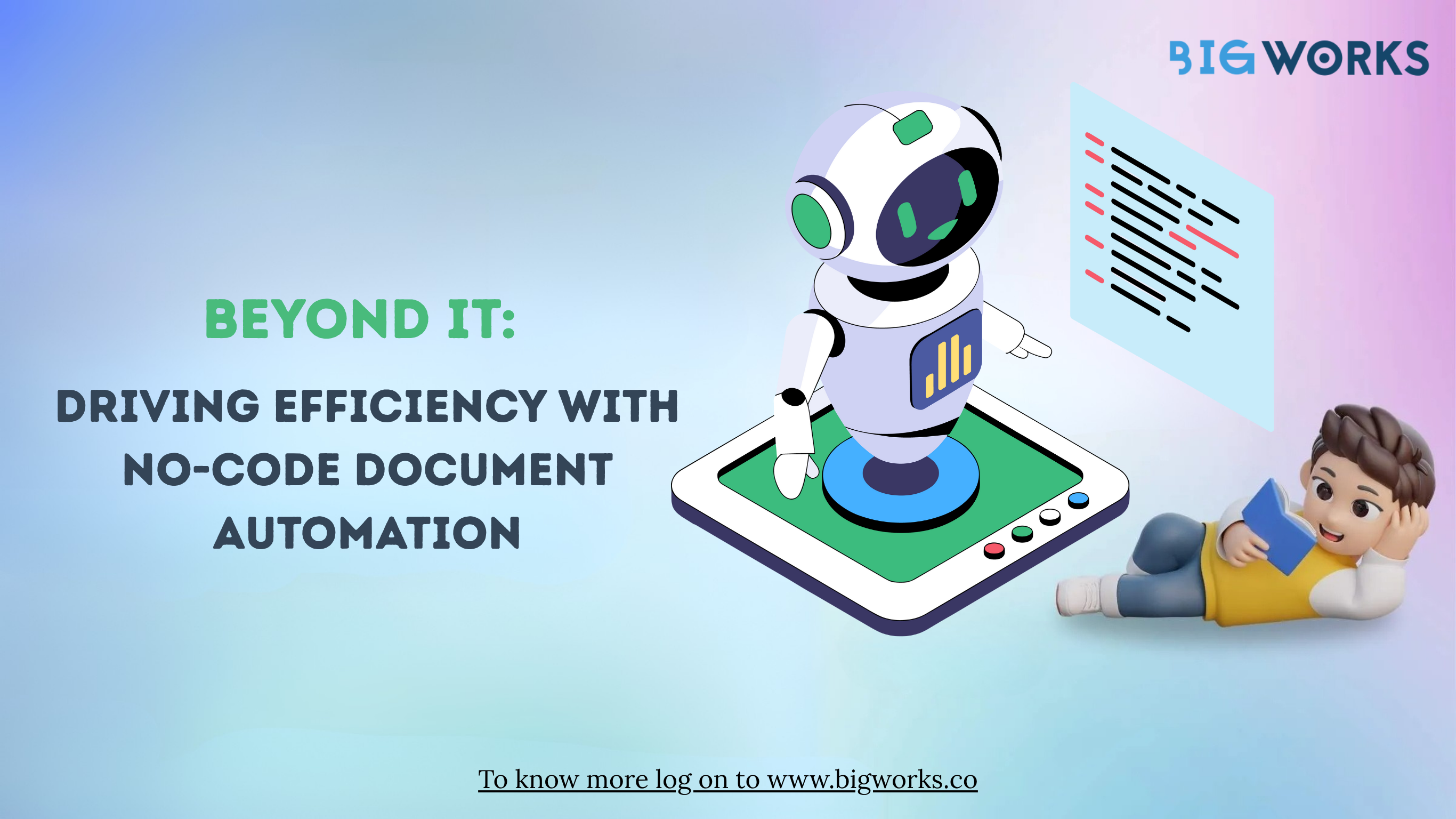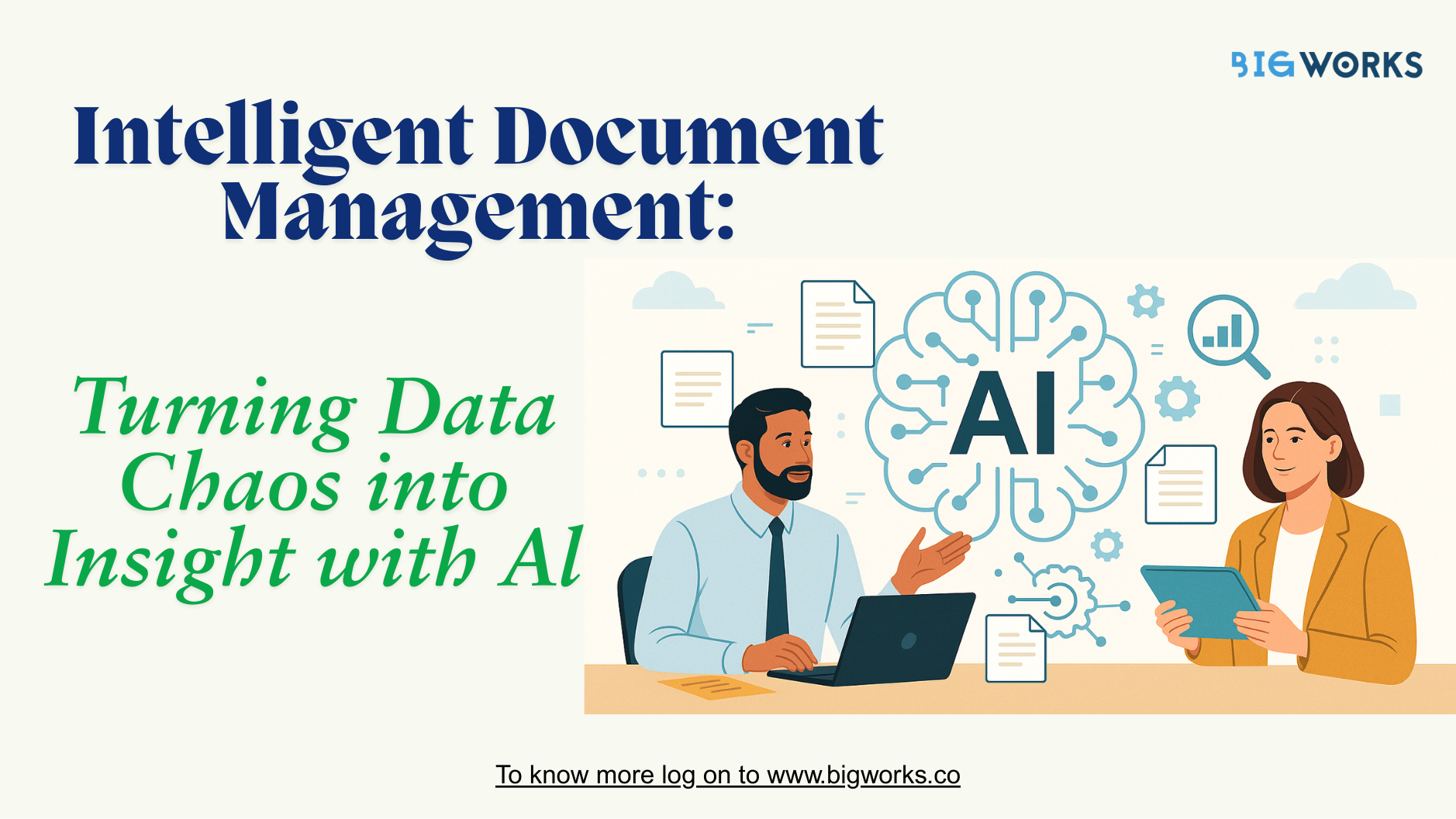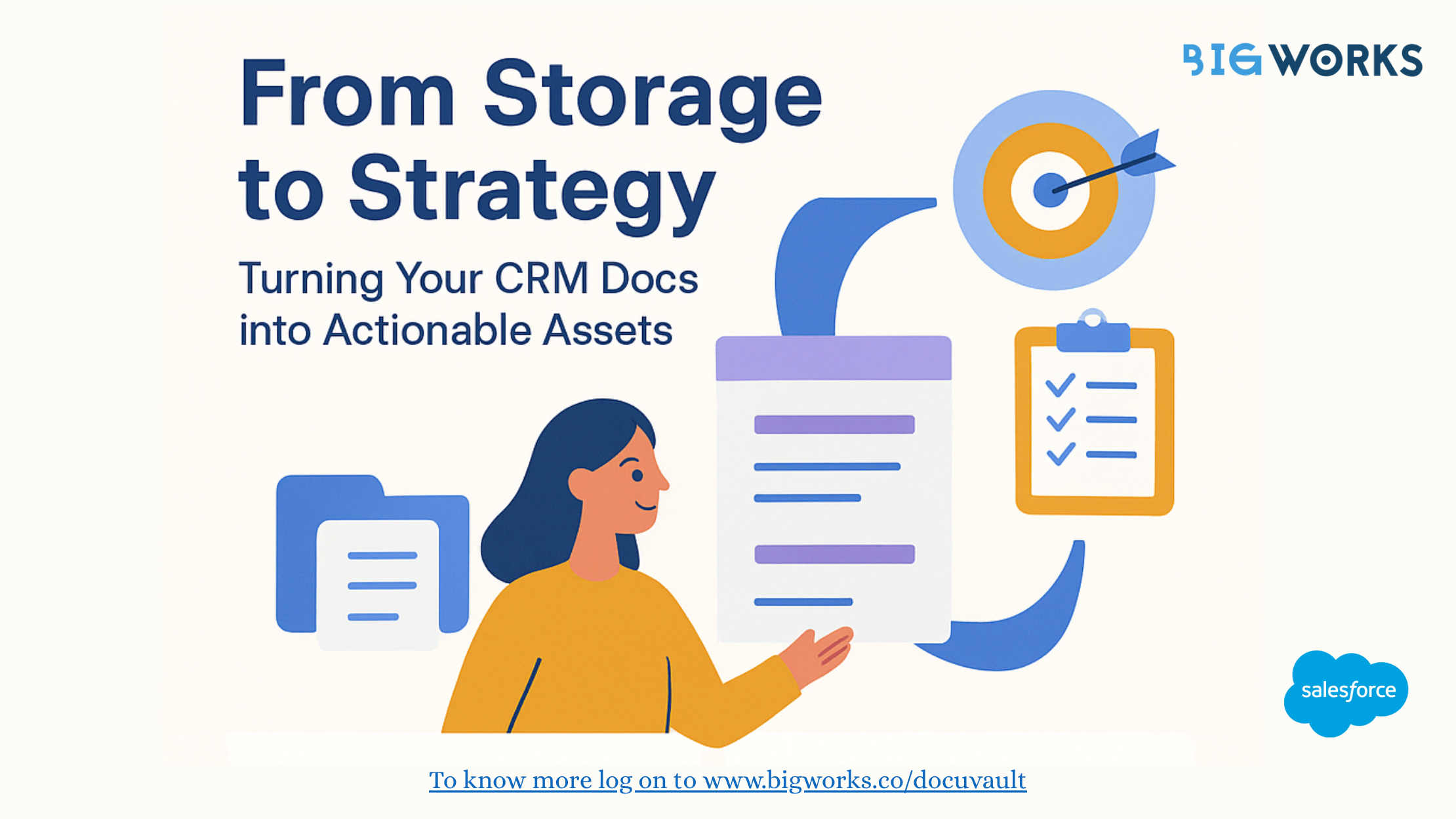Introduction
For decades, document automation was locked behind complex coding, IT teams, and months-long integration projects. In 2025, that barrier is rapidly disappearing. With no-code platforms, teams across marketing, sales, HR, and finance are now empowered to create automated document workflows without needing technical expertise.
The shift is not just about convenience. It is fundamentally changing how organisations manage customer data, regulatory compliance, and operational efficiency.
Why Document Automation Matters Today
Every business process generates documents. From contracts and proposals to onboarding forms and compliance reports, the volume is staggering. According to IDC, enterprises create over 2.5 quintillion bytes of data every day, and much of it is tied to unstructured documents. When managed manually, these documents become bottlenecks, delaying deals, increasing costs, and raising compliance risks.
Traditional automation required IT teams to design templates, configure triggers, and maintain integrations. This centralised model slowed adoption and limited innovation. No-code tools disrupt that model by giving business teams direct control.
What Is No-Code Document Automation
No-code document automation platforms allow users to build workflows using drag-and-drop interfaces, prebuilt templates, and integrations with CRMs like Salesforce. Instead of writing code, users can:
- Generate documents automatically from CRM data fields
- Set up approval workflows and e-signature triggers
- Ensure compliance by embedding mandatory clauses or regulatory formats
- Distribute documents via email, cloud storage, or collaboration tools
This democratizes automation, removing dependence on IT and enabling teams to respond to business needs in real-time.
Benefits for Business Teams Beyond IT
- Sales and Marketing
Sales teams can instantly generate proposals, contracts, and NDAs from CRM records. Marketing teams can automate campaign reports or client-facing documents. This reduces turnaround time and improves customer experience. - Human Resources
HR departments often deal with repetitive paperwork: offer letters, onboarding kits, and performance reviews. With no-code automation, HR can design workflows that streamline hiring while ensuring compliance with labour laws. - Finance and Operations
Finance teams can automate invoices, POs, and compliance documents, ensuring accuracy and reducing audit risks. Operations teams can create standardised reports without waiting for IT intervention. - Legal and Compliance
Legal teams benefit by embedding pre-approved clauses into contracts automatically, ensuring documents remain compliant across geographies and industries.
The Rise of Citizen Developers
One of the biggest cultural shifts enabled by no-code document automation is the rise of the “citizen developer.” These are professionals outside IT who use no-code tools to build workflows tailored to their department’s needs. Gartner predicts that by 2026, 80% of technology products and services will be built by non-IT professionals. Document automation is a prime example of this trend, as business users now directly own processes that were once highly technical.
Integration with CRM and Cloud Ecosystems
Modern no-code platforms integrate seamlessly with CRMs like Salesforce and HubSpot, collaboration tools like Slack and Teams, and storage solutions like SharePoint and Google Drive. This ensures documents are automatically generated, stored, and shared across systems without manual intervention. For example, integrating no-code tools with Salesforce allows sales reps to create contracts the moment an opportunity closes, accelerating revenue recognition.
Challenges and Considerations
While no-code tools are democratizing automation, organisations must still address governance and data security. Allowing business teams to build automation does not remove the need for oversight. IT departments still play a critical role in setting access controls, ensuring compliance, and monitoring integrations to prevent risks.
Conclusion
No-code document automation is no longer a trend; it is a necessity. By empowering teams beyond IT, businesses can accelerate processes, improve compliance, and create a culture of agility. In a world where customer expectations are higher than ever, giving every department the ability to automate documents is a competitive advantage.
Enterprises that embrace no-code document automation will not only cut operational inefficiencies but also turn documents into dynamic, actionable assets that drive growth.





